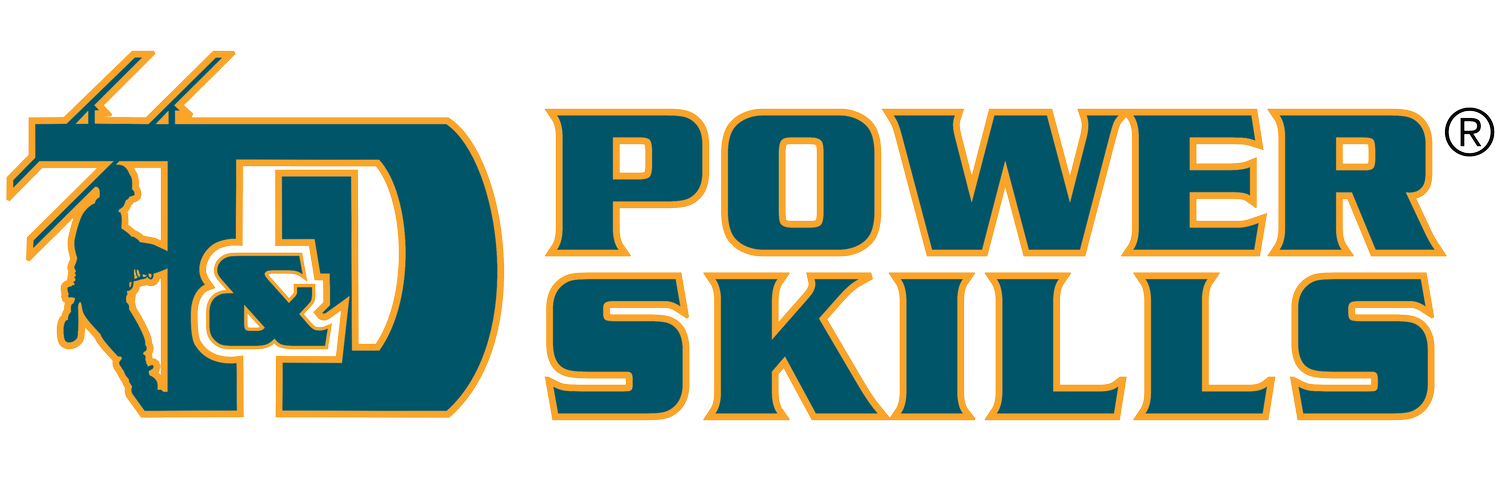Rigging 2
COURSE DESCRIPTION
Many jobs performed on transmission and distribution systems require heavy loads to be rigged so that they can be lifted, moved, and stabilized while work is being done. This course identifies basic rigging equipment and discusses guidelines for rigging a job safely. It also demonstrates rigging methods using different types of rigging equipment. The following procedures are covered: rigging a transformer, rigging a running corner, changing out a crossarm, and transferring secondary lines.
COURSE GOALS
Identify the safety concerns associated with rigging.
Describe how to use several types of rigging tools and equipment.
Describe rigging and work methods used to replace a transformer, secure a conductor in place on a running corner, change out a crossarm, and move secondary lines.
SUBJECTS AND OBJECTIVES
Rigging Safety
State three basic guidelines for rigging a job safely.
Identify several types of basic rigging tools, and describe how to use them safely.
Structural Safety
Identify three types of stress that can be created by the application of a mechanical force.
Describe the effects of stress caused by rigging on a structure.
Transformer Rigging
Describe the general procedure involving rigging for replacing three single-phase transformers with three larger units.
Rigging a Running Corner
Describe the general procedure involving rigging for changing out an insulator on a running corner.
Crossarm Changeout
Describe a general procedure involving rigging for replacing a wooden crossarm.
Transferring Secondary Lines
Describe a general procedure involving rigging for transferring secondary lines from one dead-end utility pole to another.
